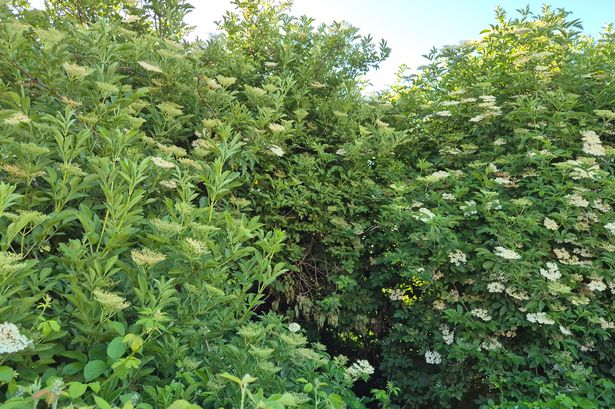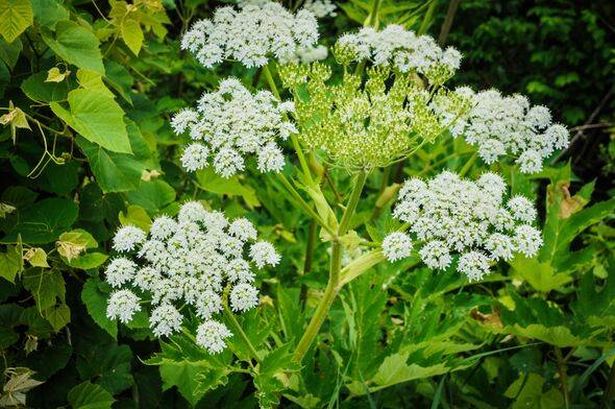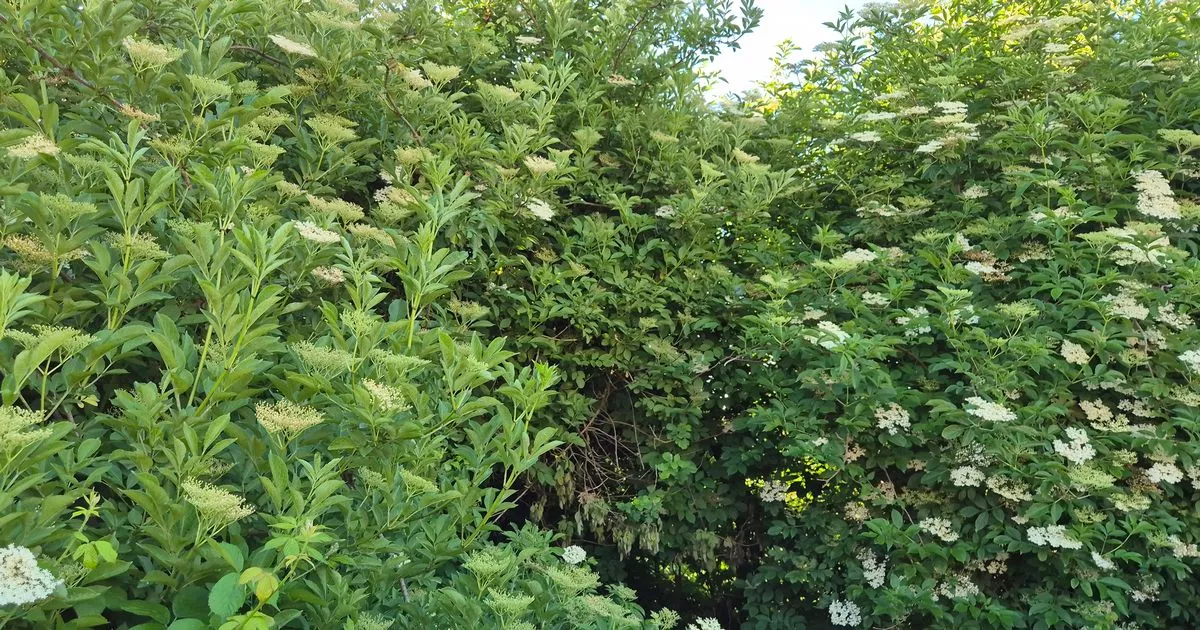The plant was previously labeled UK’s most dangerous plant.
12:39, 21 Jul 2025Updated 12:39, 21 Jul 2025
 People should be cautious around Giant hogweed
People should be cautious around Giant hogweed
As temperatures continue to warm-up across Britain, more and more people are spending the majority of their time outdoors. However, according to experts, we should all be avoiding contact with this “dangerous” plant.
Invasive weed specialists are now warning that even the slightest contact with giant hogweed can cause severe burns that reappear for years and can even lead to blindness. This highly invasive plant, with its toxic sap that causes photosensitivity, poses a severe risk to unsuspecting humans and pets.
Jennifer Holmes from Environment Controls said: “This dramatic looking plant, found along many a river path, or woodland walk, must be treated with extreme caution. As mentioned above its toxic sap contains furocoumarin, which makes skin extremely sensitive to sunlight and is a danger to humans and pets.
“Its distinctive flower heads emerge in June – and can be easily mistaken for other plants such as Cow parsley (non-toxic), Hemlock or Hemlock water dropwort (both highly toxic).
“If you touch Giant hogweed you may not notice anything immediately as the effects may take up to 24 hours to emerge, but soon large blisters will form on skin and will recur when exposed to sunlight.
“As well as its harmful properties, as it colonises river banks this can make it difficult to eradicate – do not try to remove it yourself, always consult an expert.”
 Giant hogweed(Image: Getty)Side effects of touching Giant hogweedRecurring Blisters
Giant hogweed(Image: Getty)Side effects of touching Giant hogweedRecurring Blisters
Unlike typical burns, areas affected by Giant hogweed can re-blister each time they are exposed to sunlight, even years after the initial contact.
Eye Damage & Blindness
Direct contact with the sap in the eyes can cause severe irritation, temporary vision loss, and in extreme cases, permanent blindness. This poses a significant risk to curious children and pets.
Delayed Reaction
Symptoms may not appear for up to two days, giving unsuspecting individuals more time in the sun, exacerbating the damage.
Giant hogweed (Heracleum mantegazzianum) is a non-native invasive species listed on The Invasive Alien Species (Enforcement and Permitting) Order 2019. It is an offence to plant or allow it to spread into the wild, as it aggressively takes over habitats.
Landowners have a responsibility to prevent its spread, with potential legal consequences, including encroachment fines, if it affects neighbouring properties by allowing it to spread onto their land.
How to spot Giant hogweed?Height
A very tall biennial or perennial herbaceous plant, capable of growing over 10 feet.
Flowers
Large, white, umbrella-shaped flower heads (up to 50cm wide) that resemble an oversized Cow parsley.
Stem
Thick, hollow, ridged stems that are green with distinctive purple blotches and stiff, white hairs.
Leaves
Large, deeply lobed, and sharply toothed leaves, often reaching over a metre in width.
 Join the Daily Record WhatsApp community!
Join the Daily Record WhatsApp community!
Get the latest news sent straight to your messages by joining our WhatsApp community today.
You’ll receive daily updates on breaking news as well as the top headlines across Scotland.
No one will be able to see who is signed up and no one can send messages except the Daily Record team.
All you have to do is click here if you’re on mobile, select ‘Join Community’ and you’re in!
If you’re on a desktop, simply scan the QR code above with your phone and click ‘Join Community’.
We also treat our community members to special offers, promotions, and adverts from us and our partners. If you don’t like our community, you can check out any time you like.
To leave our community click on the name at the top of your screen and choose ‘exit group’.
If you’re curious, you can read our Privacy Notice.
Jennifer added: “If you or your pet come into contact with Giant hogweed sap, immediately wash the affected area thoroughly with soap and cold water.
“Crucially, keep the affected skin out of direct sunlight for at least 48 hours. Seek immediate medical attention if blisters develop, and particularly if sap gets into the eyes.
“Due to the persistent nature of its seeds and the highly toxic sap, professional removal is essential.
“Environment Controls offers expert identification, safe removal, and disposal services, typically using specialist excavation methods to ensure the plant is completely eradicated and doesn’t pose a recurring threat.”
Don’t miss the latest news from around Scotland and beyond – Sign up to our newsletter here.
